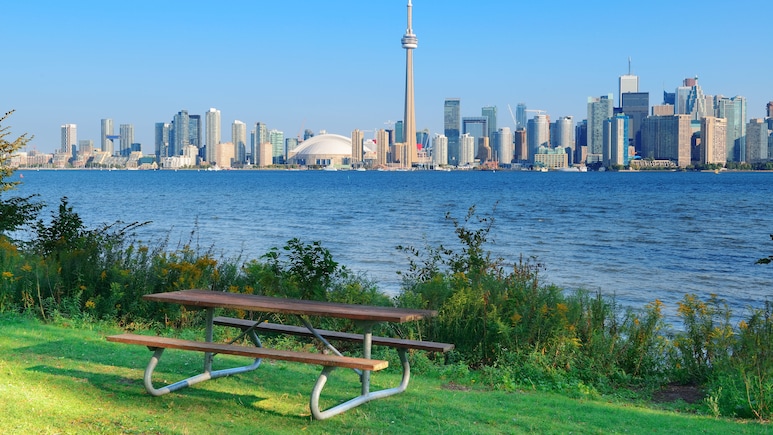
Canada is often the first choice for people trying to move abroad - and for good reason. From breathtaking sceneries to a high standard of living to rich culture, the country offers several opportunities for new immigrants.
The country offers permanent residency (PR), which is relatively straightforward to apply for and comes with major benefits.
What Is A Canadian PR
Someone with a Canadian Permanent Residency (PR) is allowed to live, work, and study anywhere in Canada on a long-term basis. Unlike temporary visas, PR holders enjoy most of the same rights as a Canadian citizen, except voting rights and access to some government jobs. And this can also be a pathway to Canadian citizenship.
Here are some ways in which you can qualify for a Canadian PR:
- Express Entry (for skilled workers)
- Provincial Nominee Programs (PNP) (for those with skills needed in specific provinces)
- Family Sponsorship (for close relatives of Canadian citizens/PRs)
- Study-to-PR pathways (for international students)
Can You Apply
You can apply if you meet the eligibility criteria for your chosen immigration pathway, which may include:
- If you are a skilled worker or a student
- You are between 18 and 44 years old
- Have language proficiency in English or French
- Have sufficient funds
- A post-secondary education or higher levels of education
- If you have a prior Canadian education or have worked in Canada
- Have a valid job offer from a Canadian company
How To Apply
Step 1: Check your eligibility with the help of the Government of Canada's online tool to see which immigration program fits your profile.
Step 2: Create an express entry profile and give your details like age, work, experience, education, and language scores.
Step 3: Applicants are scored under the Comprehensive Ranking System (CRS)*. People who score high are invited to apply for a PR.
Step 4: Once you are selected, you will receive an Invitation to Apply (ITA).
Step 5: Upload all the required documents, such as medical exams, proof of funds, and police certificates.
Step 6: Your application is then reviewed by the Immigration, Refugees and Citizenship Canada.
Step 7: If approved, you'll receive a Confirmation of Permanent Residence (COPR) and PR card after arrival.
*What Is The Comprehensive Ranking System (CRS)
The CRS is a points-based system used to rank candidates in the Express Entry pool. Applicants earn points based on factors such as age, education, work experience, language proficiency, and whether you have a job offer or provincial nomination.
The higher your CRS score, the better your chances of receiving an Invitation to Apply (ITA) for PR.
The Processing Time
The application process requires patience, as processing time may vary depending on the program. For instance, people in the Express Entry may receive the PR in 6-12 months, whereas it may take 12-18 months in the Provincial Nominee Programs, and up to 12-24 months for the Family Sponsorship programme.
While this is the standard, the Canadian government regularly updates the processing timeline, and some applications may take less time to get finalised.
What Is The Cost
If you have made up your mind to apply for a Canadian PR, here are the fees you will have to pay in order to get a PR:
- Express Entry application fee for a single applicant is around CAD 1,525 (Rs 97,981 approx.).
- If your spouse or partner is applying, they will have to pay a fee of CAD 1,525.
- If you are bringing a dependent child, you will have to pay an extra fee of CAD 260 (Rs 16,705 approx.) for each child.
While this is the application fee, the applicant will have to pay additional costs, including the language proficiency test fee, medical exam fee, and police clearance certificate fee.
So, Canada remains one of the world's most welcoming countries, with a PR process that is similar to many others but conparitively easier. From a high quality of life to countless opportunities, Canadian PR offers significant benefits, especially for Indians.
Track Latest News Live on NDTV.com and get news updates from India and around the world

